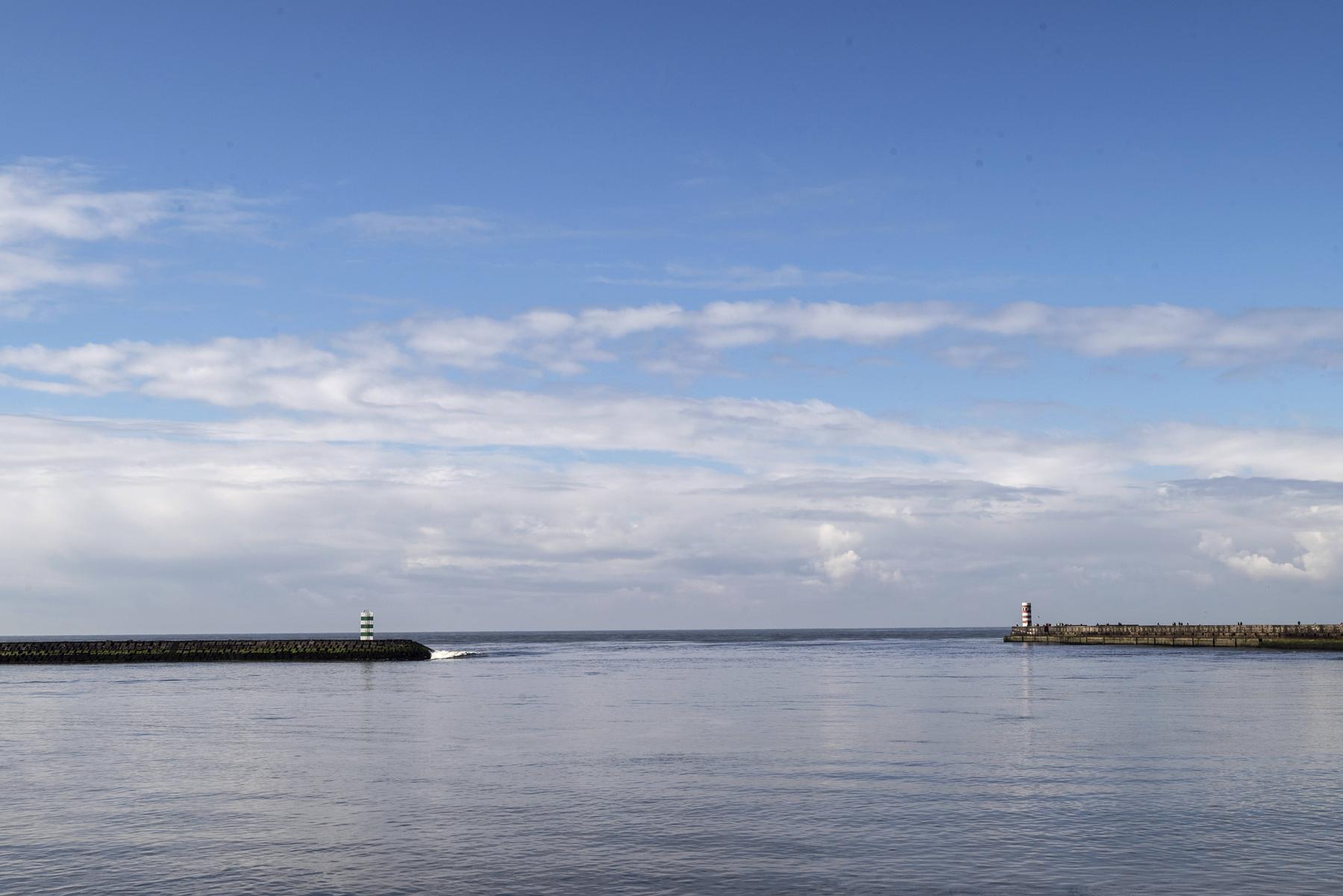Rivers wear far more mercury in oceans than 1850 – Diepresse.com

The main sources of the heavy metal are industrial processes, metal mining, small mining in the search for gold and the burning of coal.
Worldwide, rivers transport around two and a half times as much highly toxic mercury into the sea as it was around 1850. This is reported by an international research team from the base of measured values and computer models. The main sources of the heavy metal are industrial processes, metal mining, small mining in the search for gold and the burning of coal, according to a group around Yanxu Zhang from Tulane University in New Orleans in the journal « Science Advances ».
« Mercury compounds are strong nerve toxins that endanger human health, especially through the consumption of fish, » write the study authors. Because mercury occurs in the soil, the toxic metal is naturally entered in rivers by soil erosion. So far, however, it was not known how high the global mercury entry is in rivers. « Earlier studies focused on the mercury concentrations in the atmosphere, the floors and in the sea water, but have largely overlooked rivers, » Zhang is cited in a statement from his university.
The researchers were based on their model of pre-industrial mercury export from rivers in the oceans on the one hand on the mercury erosion in the catchment area and on the other hand on the transportation of the rivers. This in turn depends on the current and flow speed of the water. To calibrate, Zhang and colleagues resolved their simulation results for 1850 with those mercury values that were measured in the sediment deposits of some rivers. The simulated values tended to be slightly lower than the measured concentrations, so the model is a rather conservative estimate.
For 1850, i.e. at the beginning of industrialization, according to the calculations, around 390 tons of mercury came into the oceans worldwide every year. There are currently around 1000 tons of mercury per year.
Strongest climbs in Asia and America
« The determination of a basic value for mercury in rivers in the pre -industrial age can serve as an important point of reference, » emphasized Zhang. This can be based on this in reducing the release of mercury.
According to the study, the study of mercury increased particularly strongly in rivers in South Asia and Southeast Asia as well as in North and South America. « The mercury household of the Amazon is now over 200 tons a year, with three quarters of it falling back to human activities, mainly on small mining, » explained Zhang. In addition, strong deforestation in the Amazon area contributes to stronger soil erosion, according to the researcher. This also leads to higher mercury values in the Amazon.
Siberian rivers that flow like OB and Jenissei in the Arctic Ocean also transport a relatively large amount of mercury into the sea. And only recently had researchers around Isabel Smith from the University of Southern California in Los Angeles reported that the mercury concentrations in the North American rivers Yukon and Koyukuk have increased significantly because of the thawing permafrost floor and the increasing soil erosion.
Disturbances hold back sediments
But Zhang and colleagues also report positive things: the mercury entry into the Mediterranean has dropped compared to 1850. This explains that dams in the North African catchment area of the Nile – such as the Asuan dam in Egypt – hold back sediments transported by rivers.
Mercury is one of the most dangerous toxins. In addition to immune and reproductive system, the fabric mainly damages the central nervous system, with unborn children are particularly sensitive. That is why the US authorities advise pregnant women to avoid certain fish species from some areas. (APA/dpa)








